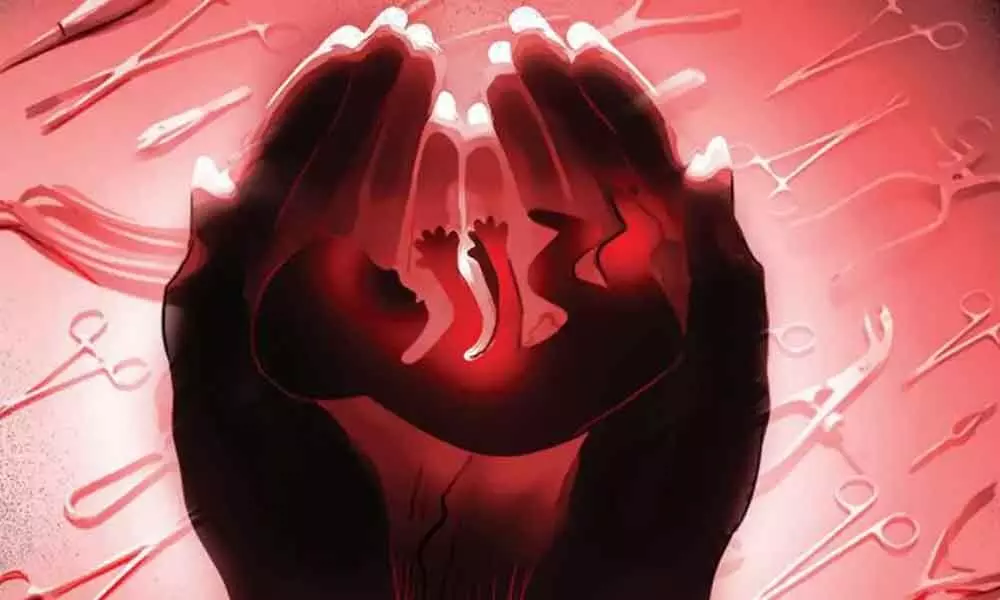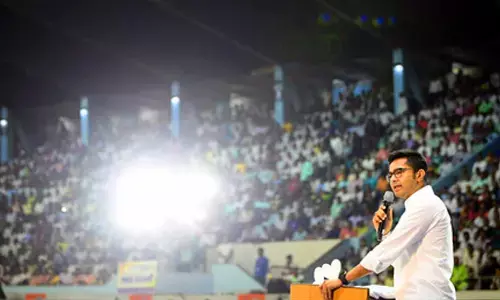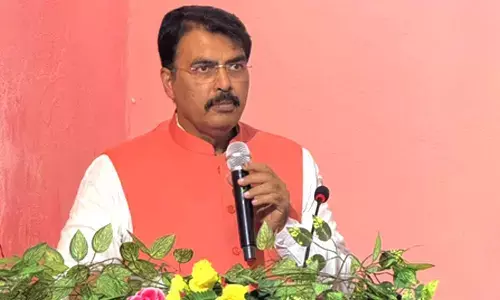Let the girl child not suffer

Representational Image
The clash between tradition and modernity is a continuous one. People tend to forget the fact that today's modernity or civilisation becomes tomorrow's tradition after passing through the phase of culture.
The clash between tradition and modernity is a continuous one. People tend to forget the fact that today's modernity or civilisation becomes tomorrow's tradition after passing through the phase of culture. Still, when it reaches the stage of tradition, the same modernity acquires a blindness to everything and is stoutly defended as a part of one's life.
Critics of traditional leadership institutions argue that traditional authority is an anachronism that should not have survived the 20th century let alone exist in the 21st. Those talking of traditions are characterised as leftovers from a time that has either faded over or is swiftly fading away. The clash of religious practices with modernity is simply an example of the same.
The question of rights and freedoms is different. Even the talk of Constitutional provisions is different. Modernity is different. Those who insist, be it the right extremists among the Hindus who oppose the Hijab or the Muslim extremists who insist on it being their basic religious attire, are no different. Both these are not modernists and both are not supporters of women empowerment.
Healthy, educated and empowered women and girls are agents of change. When women and girls are supported, they gain opportunities to speak up for their rights, and also to advocate for their communities. They are also able to rise in social standing, and they can feed this into future generations. Women empowerment in India is dependent up to a great extent on numerous different variables that encompass geographical setting (urban/rural), social status (caste and class), educational status, and age factor. Actions on women empowerment exist at the state, local (panchayat), and national levels. However, women encounter differentiation in most sectors like education, economic opportunities, health and medical assistance, and political participation, which demonstrates that there are substantial gaps between strategy advancements and real exercise at the community level.
Crafting and execution of a concrete policy framework, dispersing civic awareness, and education concerning the empowerment of women can usher in accomplishing the desired missions in eradicating the plight of women in the society of India. The realm of women empowerment in India is limited to granting balanced rights to women. Still, it is also about assuring that they are ingrained and rightful partners in the workforce. While empowering women is such a challenging task, we are only arguing about the legalities and the Constitutional provisions now.
The judiciary has ordered that till its verdict comes out on the hijab controversy, normalcy must be restored. Yet, some of the parents are holding back their children from attending the classes as hijab is paramount to their girls and not the classes. This is perplexing to observers. Why should the girl child be denied education while the matter is pending in the court? What if the matter lands in the Supreme Court in future and the case drags on for eons? Will the girls be denied education till then?
The parents should know what is important to their children. The argument that girls are insisting on hijab does not hold water. Theirs is a young and impressionable age. If this argument is right, then why are the majority attending classes? The stand of a few parents tells us that they are misguided, whatever could be the reason. Stop this irrationality and let the courts settle the issue.















